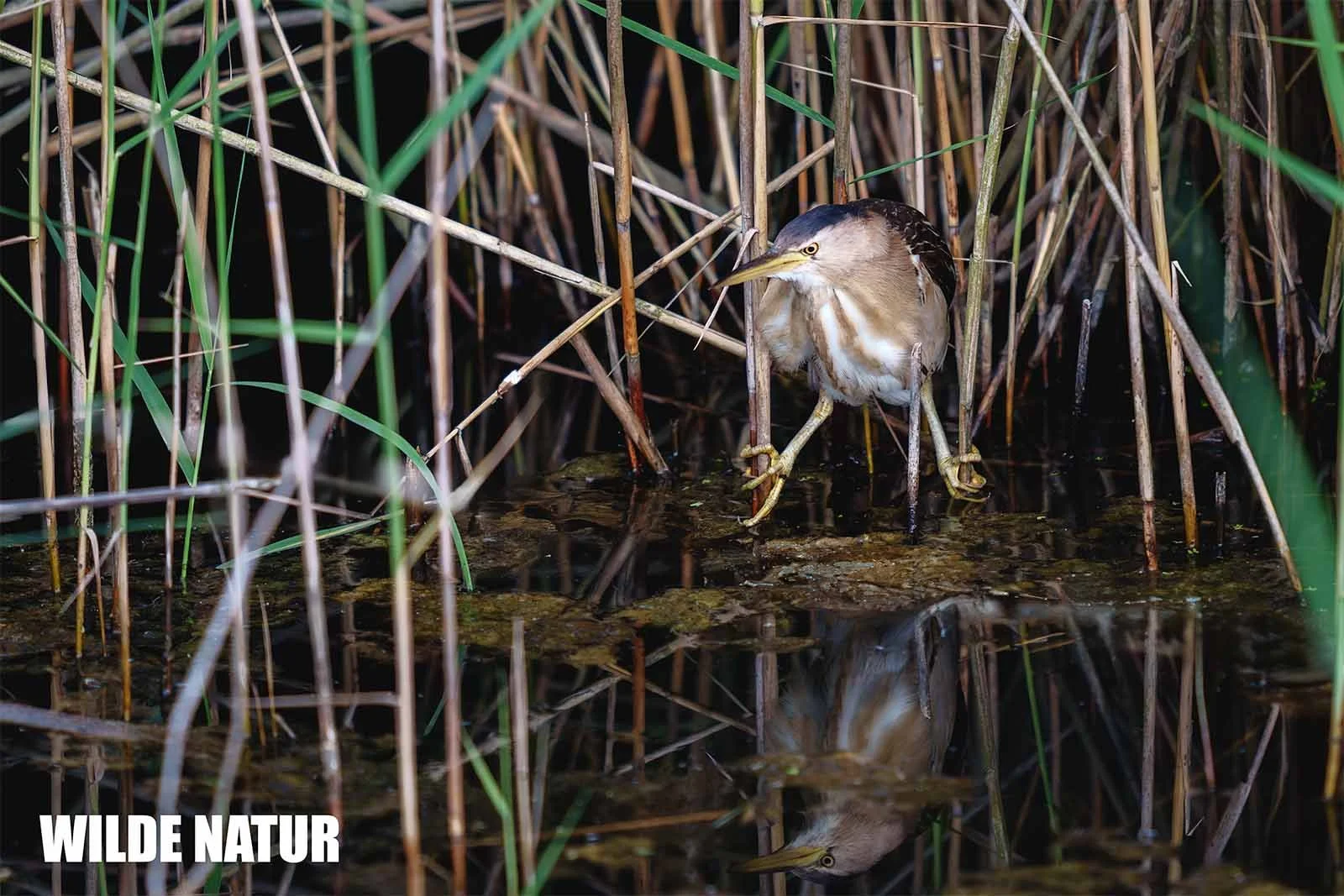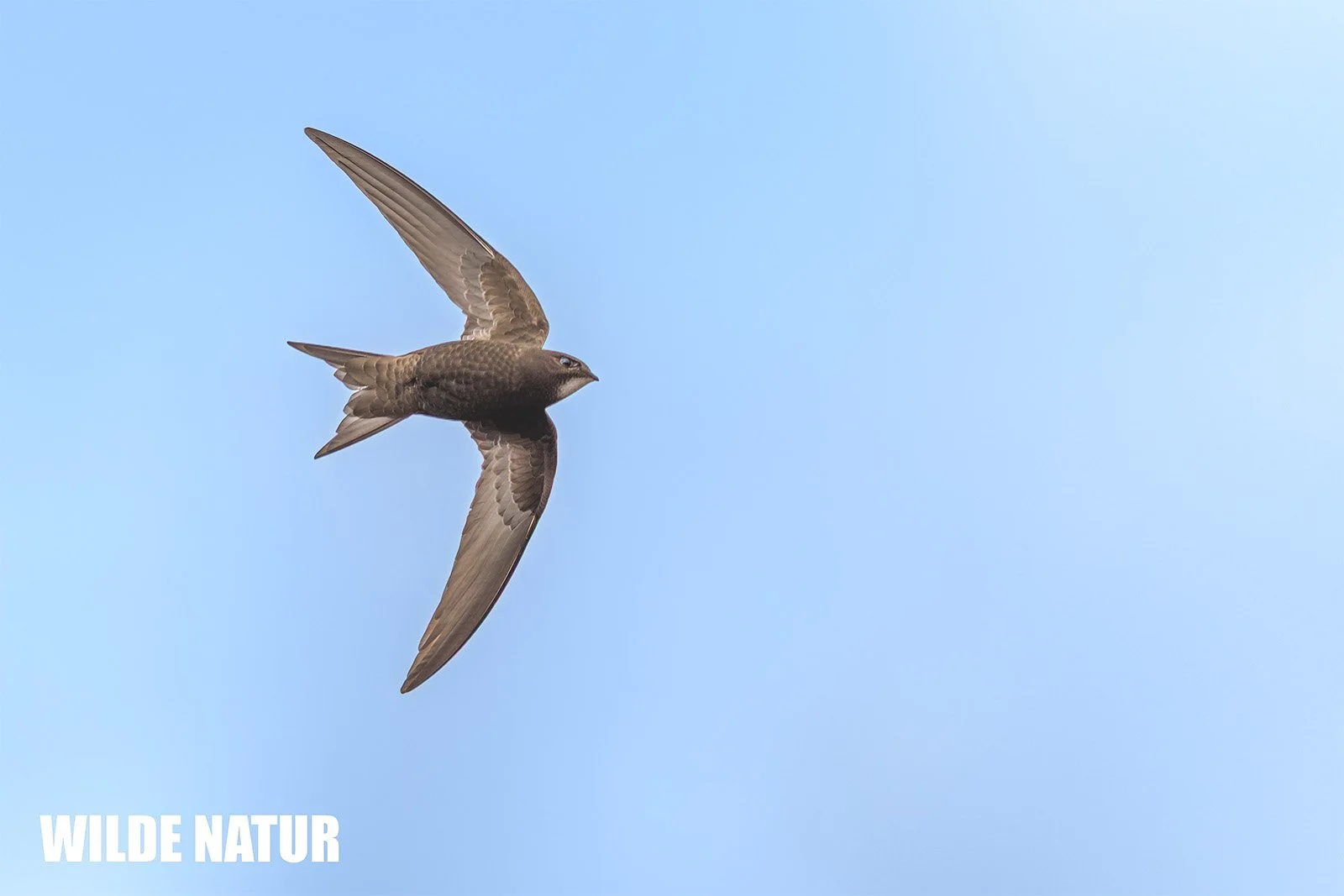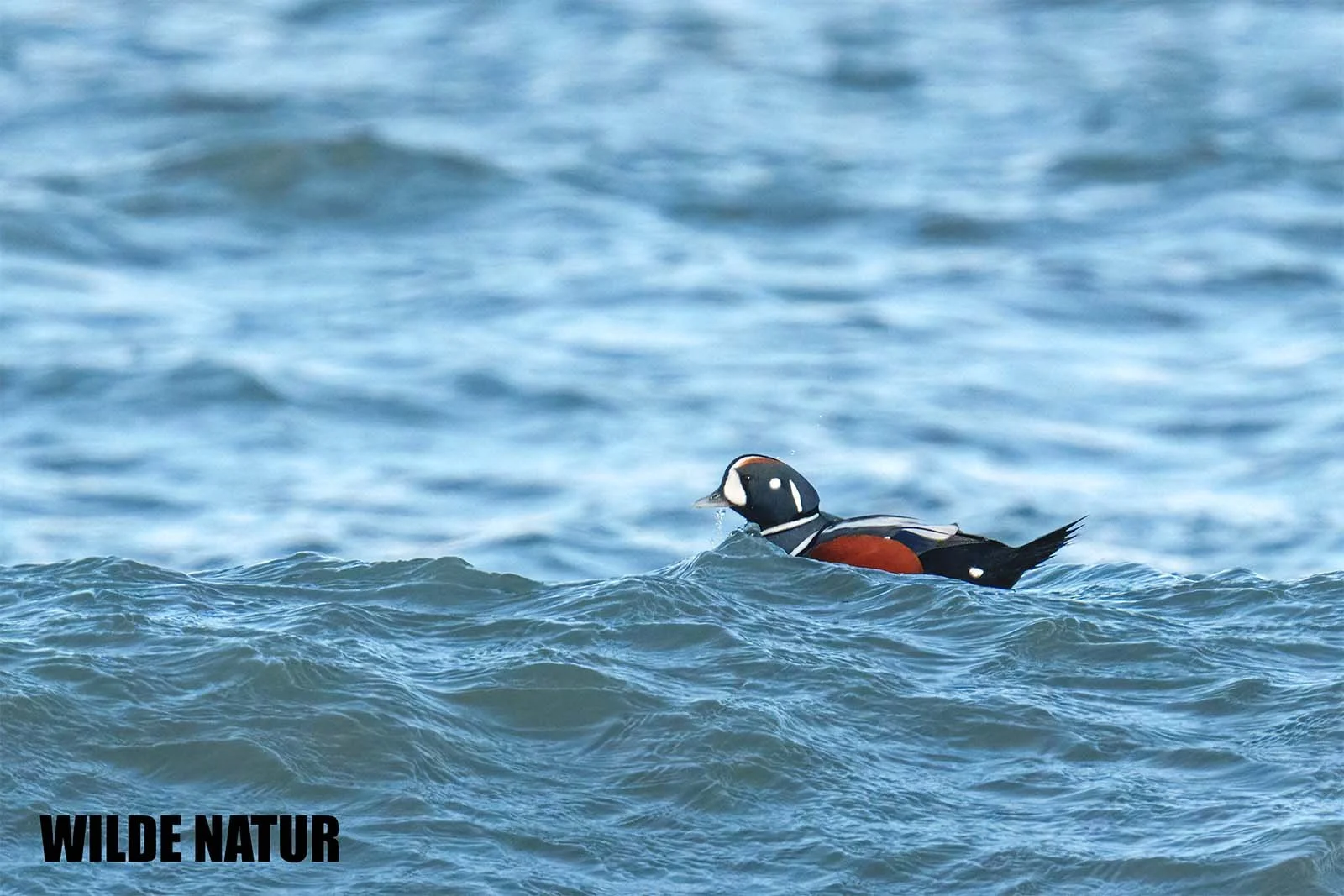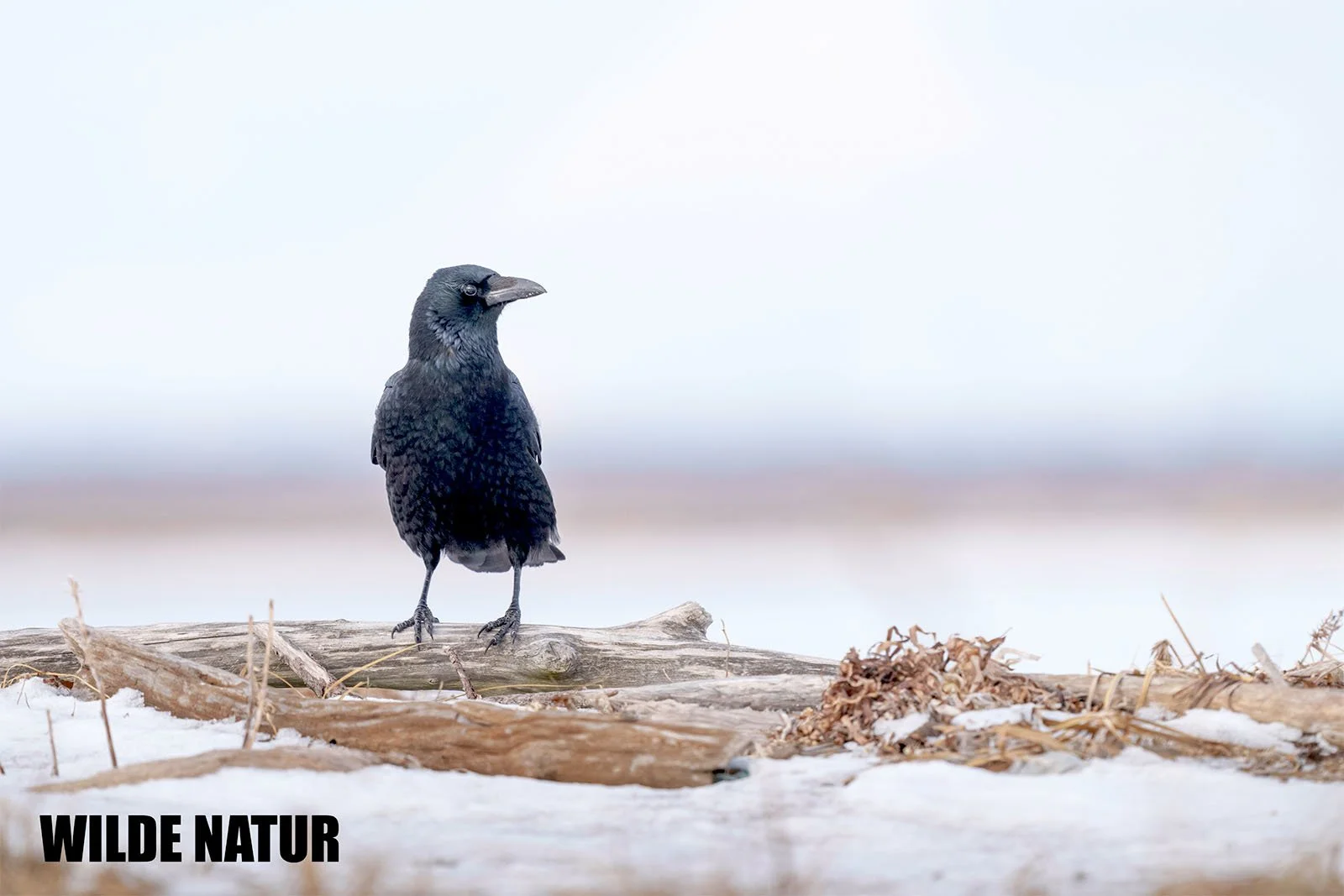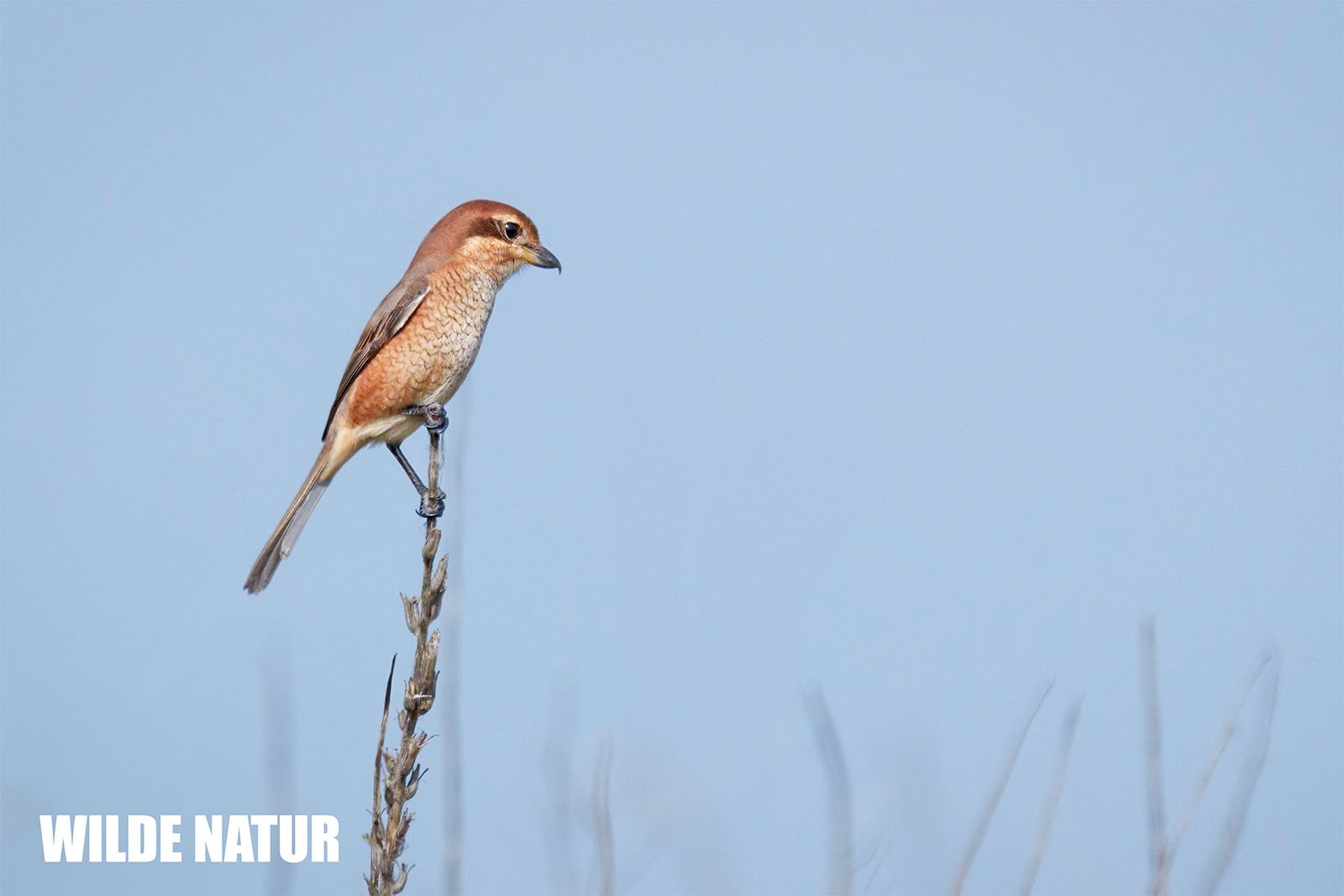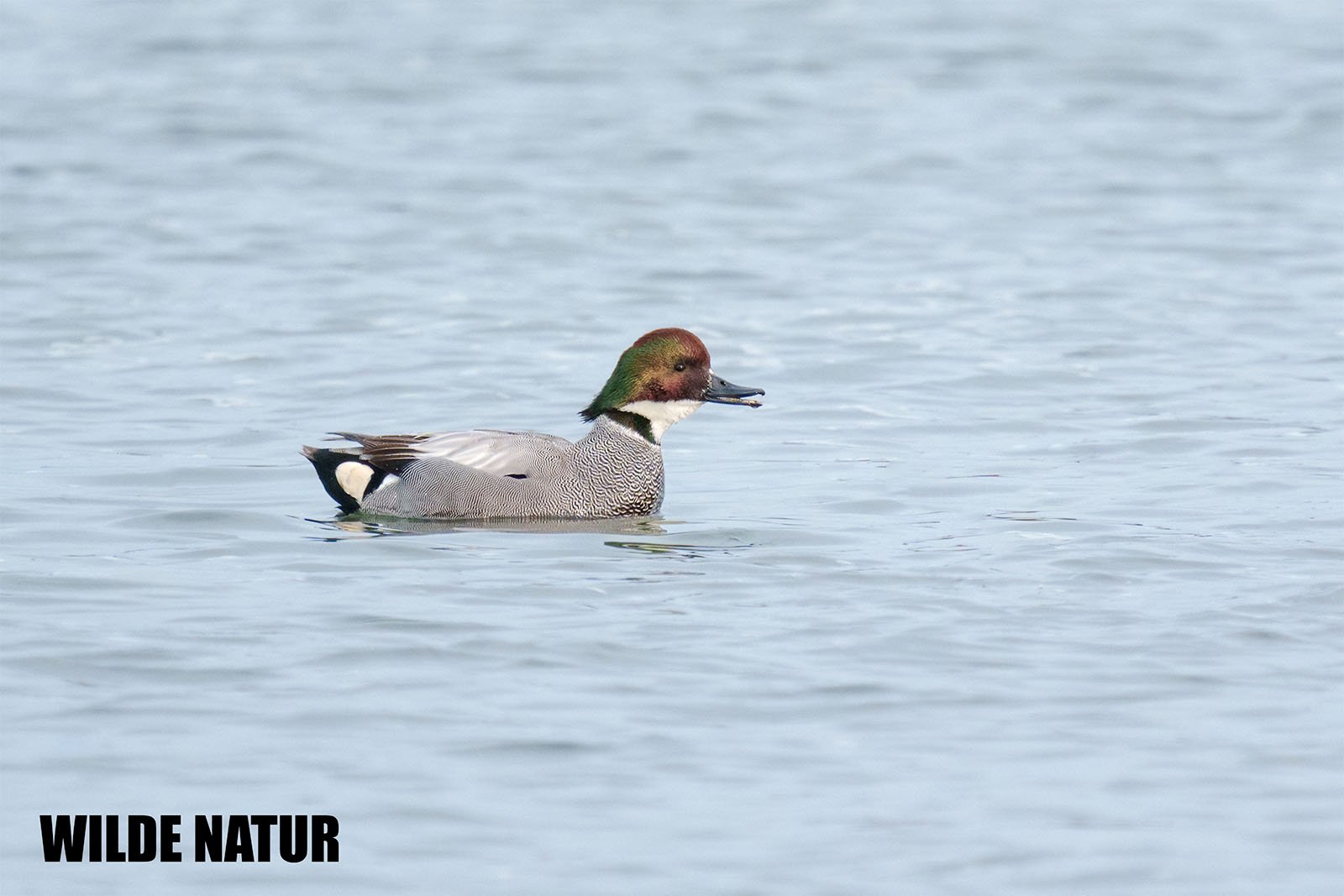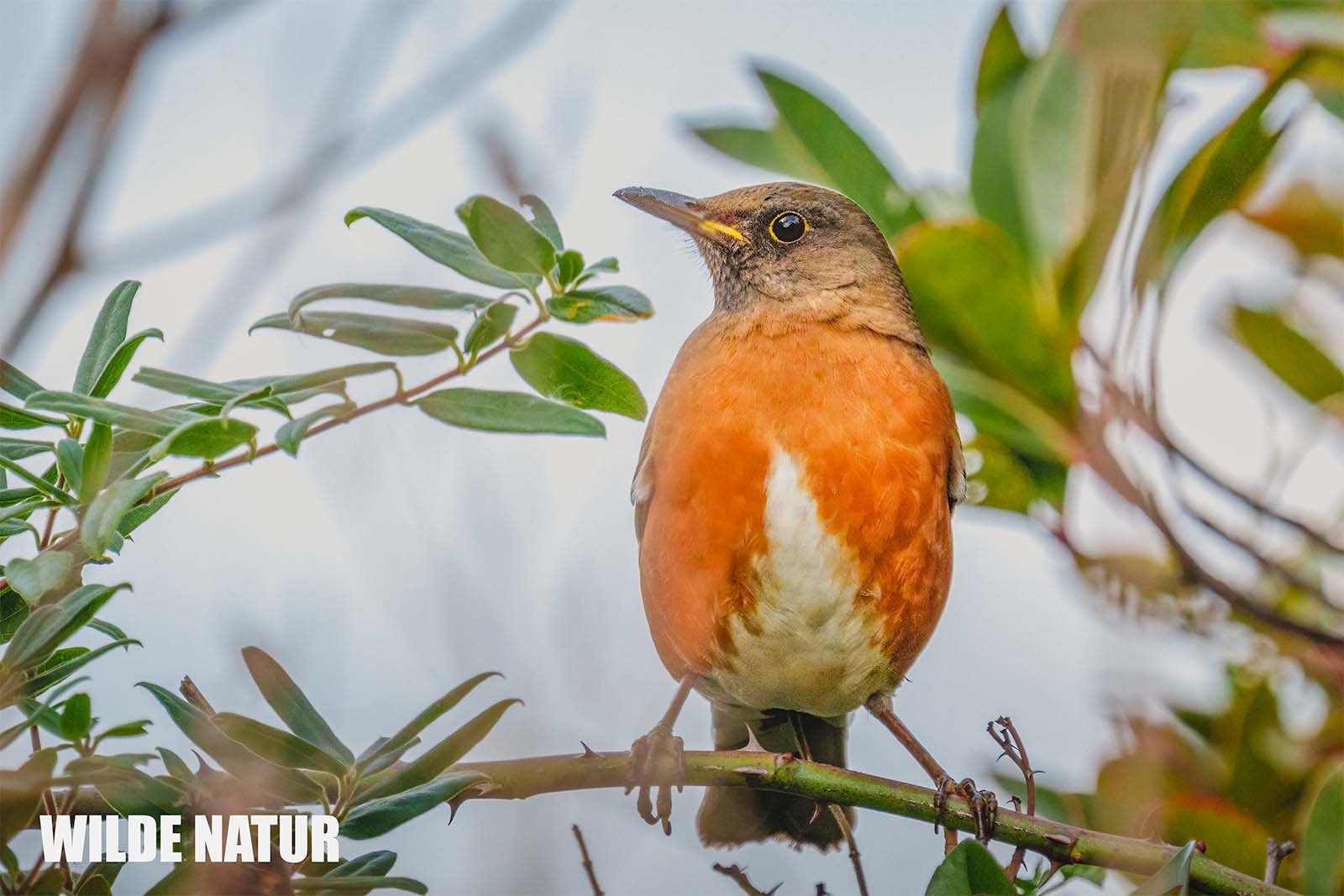Eurasian wren (Troglodytes troglodytes)
Wren (Troglodytes troglodytes) - Image taken in Bavaria, Germany
Key Facts
Size: 8 - 10.5 cm
Weight: 10 g
Diet: Insects such as moths, spiders, flies, harvestmen
Season: All year round
Observation Tip: Forests, gardens, parks, field edges; blackberry hedges in moist forests, shrubs, perennials
Photography Tips
Lens: From 400 mm
Difficulty Level: Medium
The Wren (Troglodytes troglodytes) is a small bird measuring only 9-10.5 cm in size and weighing 10 g. Its rust-brown banded plumage allows it to blend perfectly into nature. It mainly feeds on insects, spiders, and other small invertebrates, moving skillfully by hopping through the undergrowth. Although the Wren is considered a poor flyer, it can still move agilely with its short wings.
However, its song is unmistakable and impressively loud; despite its small size, it can reach a volume of up to 90 decibels, and its song can be heard from a distance of up to 500 meters. The breeding season of the Wren begins in late April and lasts for about two weeks, during which the female is solely responsible for incubating and feeding the young. The tiny eggs, weighing less than 1.4 grams and measuring only 17 by 12.5 millimeters, are laid during this time.
In Central Europe, the Wren is predominantly a sedentary bird, and its presence is widespread worldwide. Despite its inconspicuousness and its linear lifestyle along streams and rivers, it is one of the most common bird species in Europe. Although the population of the Wren can be influenced by climatic fluctuations, it is generally considered stable, and its distinctive songs make it a fascinating bird.
Could also be interesting for you:
🇩🇪 Wer schreibt hier:
Servus zusammen,
mein Name ist Markus und seit 2014 widme ich mich der Video- & Fotografie von Naturmotiven. Diese Leidenschaft begann während meiner zahlreichen Reisen durch Japan - von Hokkaido im Norden bis hinunter nach Okinawa im Süden. Diese Erfahrungen haben mich wieder stärker mit der Natur verbunden und auch die WildeNatur vor meiner eigenen Haustür entdecken lassen.
🇺🇸 Who is writing here:
Hello everyone,
My name is Markus, and I've been passionate about video and photography of nature scenes since 2014. This passion started during my many trips across Japan—from the northern reaches of Hokkaido all the way down to Okinawa in the south. These journeys have helped me reconnect with nature and also explore the wild beauty right outside my own front door.


